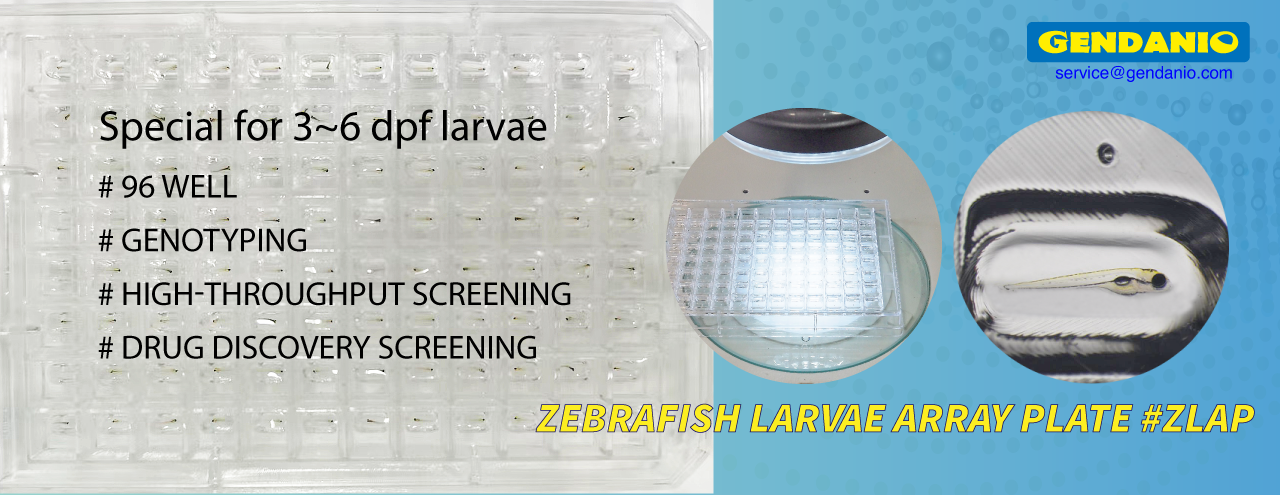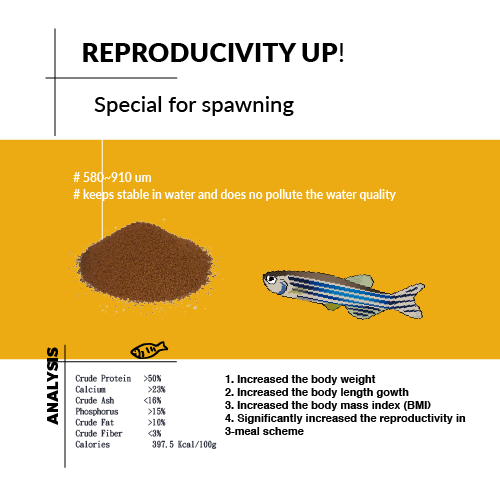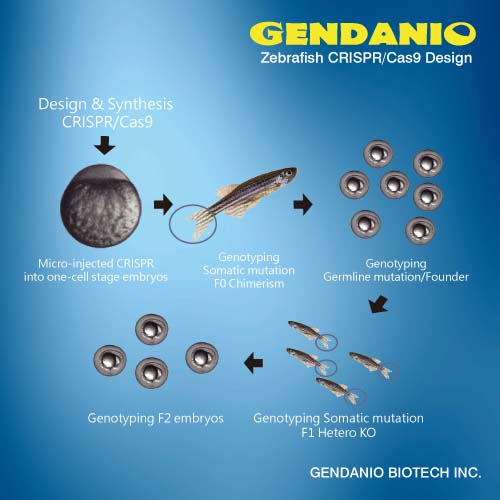ScienceDaily (Sep. 23, 2003) — Researchers tracking down the cause of anemia in mutant zebrafish embryos have discovered a protein that guides the creation of new blood cells.
The researchers, led by Howard Hughes Medical Institute (HHMI) investigator Leonard I. Zon and HHMI associate Alan J. Davidson at Children's Hospital, Boston, published their findings in the September 18, 2003, issue of the journal Nature. Zon and Davidson collaborated with researchers at Dana-Farber Cancer Institute, the Whitehead Institute for Biomedical Research at MIT, the Max Planck Institute for Developmental Biology in Germany and the University of Rochester.
In the initial discovery that sparked the study, researchers observed that a zebrafish embryo with a mutation called kugelig (kgg) developed a lethal anemia in addition to having a malformed tail.
"After evaluating the kgg mutant for blood-forming stem cells, we realized that its mutation seemed to affect the genetic program for creating blood cells," said Zon. "The program for making blood vessels looked perfectly normal, but there seemed to be some specificity there that made us want to explore this mutant further." Stem cells are immature progenitor cells that give rise to more specialized cells that form tissues and organs.
The researchers traced the genetic defect in the kgg mutant zebrafish to a gene called cdx4. This gene is a member of a family of "caudal" genes that other researchers had shown were regulators of a key suite of genes called hox genes that control development. Hox genes are known to govern the pattern of body formation in animals, but "nobody had thought about this combination of caudal genes and hox genes as regulating stem cells, and in particular blood stem cells," said Zon.
When the researchers eliminated cdx4 from normal zebrafish, they observed the same defects that they saw in the kgg mutants. Conversely, injecting the normal cdx4 gene into kgg mutants "rescued" them from the defect.
To see whether the cdx4 gene actually controlled hox genes, the researchers overexpressed various members of the hox gene family into the mutant zebrafish. The researchers found that some hox genes, but not others, restored blood formation in the kgg zebrafish.
"So it seems as if there are specific hox genes that actually regulate blood cells, and others that aren't so important," said Zon. "By doing those sets of experiments, we were able to say definitively that cdx4 controlled some hox genes, and that it regulated blood development."
In further tests to define the regulatory role of cdx4, the researchers overexpressed cdx4 in normal zebrafish. "We found that the middle part of the embryo, or mesoderm, which does not normally consist of blood cells, converted to blood cells," said Zon. "So, we demonstrated that overexpressing cdx4 changed hox gene expression, and also altered the fate of this mesoderm to actually become blood-forming," he said.
"That was a real surprise, because for years we had been looking for some regulatory factor that would actually change the middle part of the embryo into blood, altering its fate, but we hadn't been able to find such a component," he said.
To extend their findings to mammals, the researchers studied the Cdx4/Hox machinery in mouse embryonic blood-forming stem cells. They found that overexpressing Cdx4 in the mouse embryonic stem cells both altered the expression of mouse Hox genes and caused a pronounced expansion in the numbers of hematopoietic progenitor cells.
According to Zon, the group's findings not only increase understanding of the embryonic blood-forming machinery, but they could also help reveal how it can go awry in human leukemias.
"We know that a human cousin of cdx4, called CDX2, produces leukemia when it fuses to a gene called TEL," said Zon. He and his colleagues believe that this fusion disrupts the normal HOX-regulating function of the cell and transforms it into a leukemic cell. Similarly, he said, the gene MLL, whose involvement in abnormal fusion proteins has been implicated in leukemia, might also be related to the cdx4/hox signaling machinery.
"So, we believe there is a subset of leukemias that are caused by MLL fusions, CDX fusions, and even HOX fusions," said Zon. "Now, with this zebrafish system, we can really begin to understand the role that the specific hox and cdx genes play during normal hematopoietic development. We can introduce the genes one by one into the kgg mutant and test whether and how they participate in such development."
Source: ScienceDaily
























